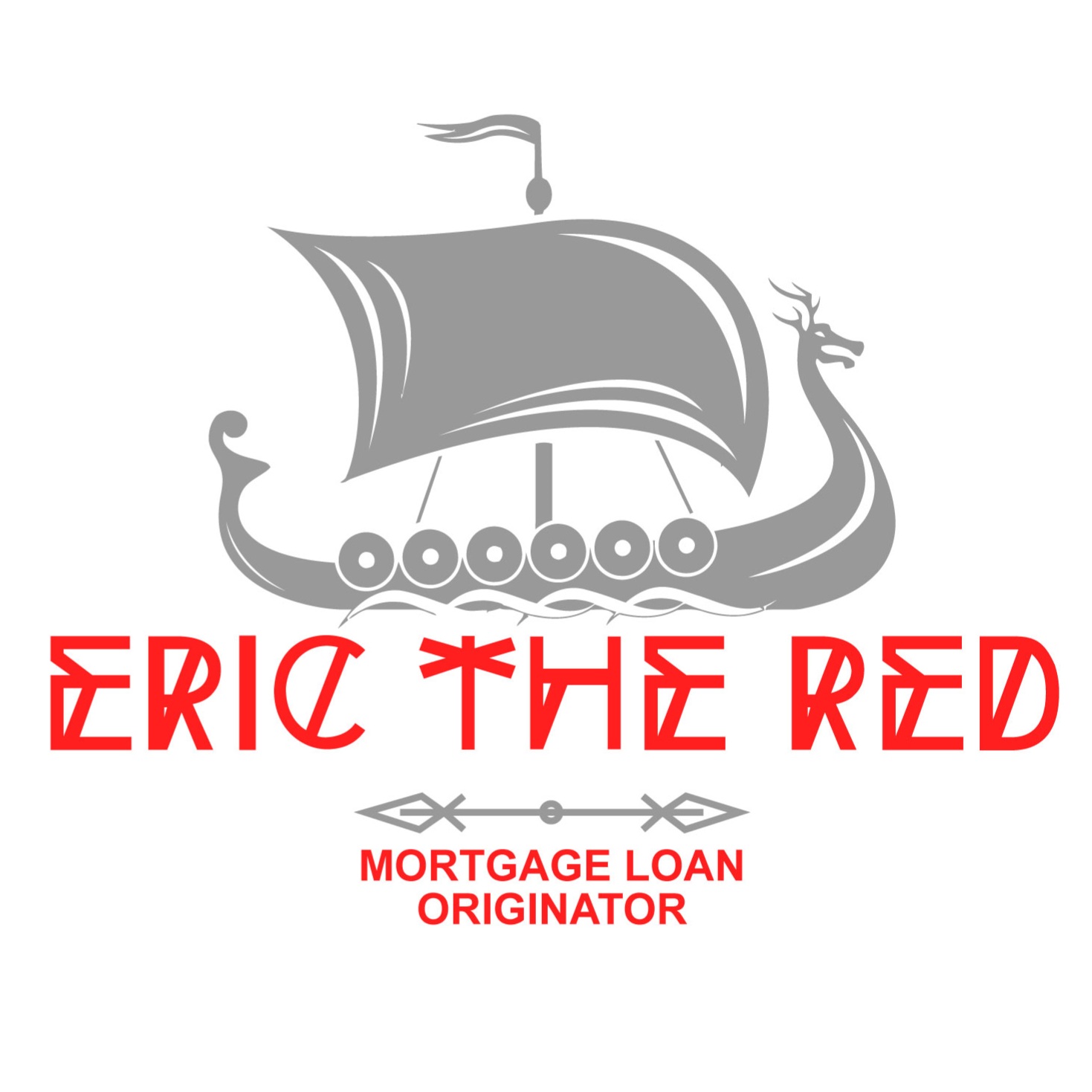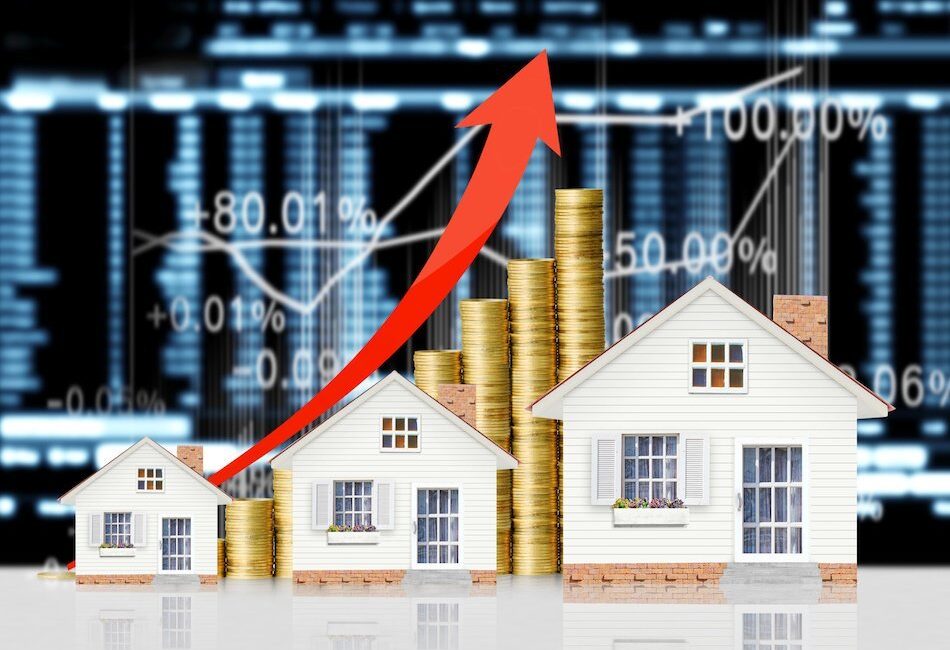Financing:
When you purchase an investment property you can expect to pay a higher mortgage rate that someone buying a primary residence. For a single-family home expect to pay a .5-.75% higher rate. For a multi-unit home (2-4 units) expect to pay a 1-1.5% higher rate. You can also expect more fees in the closing costs. You may even pay more to buy down the rate so plan on that when budgeting. You should also plan on having at least 25% to put down on the property.
Cash Flow:
The 2% Rule states that if the monthly rent for a given property is at least 2% of the purchase price, it will likely produce a positive cash flow for the investor. It looks like this: monthly rent / purchase price = X.
If X is less than 0.02 (the decimal form of 2%) then the property is not a 2% property. If it 0.02 or greater, then you’ve found yourself a 2% property. This can then shed some light on whether or not a property is likely to cash flow.
Costs:
The 5% rule states that a homeowner should expect to spend, on average, around 5% of the value of the home (per year), on the costs below.
- Property taxes should not amount to more than 1% of the value of the home.
- Maintenance costs should also be around 1% of the value of the property.
- The cost of capital should be around 3% of the value of the house.
Rewards:
- Income generated by rent collected from a tenant after all of the expenses have been paid.
- Appreciation may help to increase return on investment over the long term.
- Tax benefits, such as deduction of operating expenses, owner expenses, and depreciation.
- Income earned from rental property is generally not subject to Social Security and Medicare taxes the way that self-employment income is.
Risks:
- Choosing the right area to invest in (such as a secondary or tertiary real estate market) requires time and effort to avoid buying an undesirable rental property.
- Cash flow is not always consistent from one month to the next, due to fluctuating factors like vacancy rates and repairs.
- Tenants can create problems, which is why landlords often use online services to screen tenants and collect rent or hire a local property manager to handle the day-to-day details.
- Real estate markets have historically moved in cycles, which are hard to predict and can create risk for short-term investors who fix-and-flip if the market suddenly turns.
Cash Flow:
Cash flow is money left over at the end of each month, after the operating expenses and mortgage have been paid and money has been set aside in a CapEx account for future repairs:
Cash Flow = Gross Rental Income – Expenses
Cash-on-Cash Return:
Cash-on-cash return measures the percentage of annual cash flow to the amount of cash invested. The higher the cash-on-cash return is, the better a rental property is performing financially:
Cash-on-Cash Return = Annual Cash Flow / Cash Invested
Net Operating Income:
Net operating income (NOI) is similar to cash flow, but doesn’t factor in mortgage or interest payments in order to provide an idea of the true potential returns on a rental property without the use of leverage:
NOI = (Rental Income + Other Income) – (Vacancy Losses + Operating Expenses)
Cap Rate:
A cap rate indicates the return on investment (ROI) of a rental property without a mortgage. The cap rate calculation is only used when comparing similar properties in the same market, because returns can and do vary from one real estate market to the next:
Cap Rate = NOI / Property Value or Price
Appreciation:
Most real estate investors view appreciation as a bonus profit. That’s because there’s no guarantee that home prices will continue to rise, although recently they’ve been doing quite well.
Factors affecting how much houses increase or decrease in value include:
- Primary, secondary, or tertiary real estate market
- Population and job growth
- Diversification of the local economy
- Percent of rent-occupied households
- Transportation, infrastructure, and amenities
- Cost of living
- Property taxes and state income taxes
- Pro-business government
Internal Rate of Return:
Internal rate of return (IRR) measures the potential return on an investment over the entire holding period, while taking into account the time value of money (TVM). That’s important, because the longer it takes to receive money, the greater the risk is that something could go wrong.
However, one of the drawbacks to the IRR calculation is that it depends on accurately forecasting future cash flows and a property sales price several years down the road. When used in combination with other financial metrics, IRR is still a useful calculation to do by using an online calculator such as IRR Calculator.

